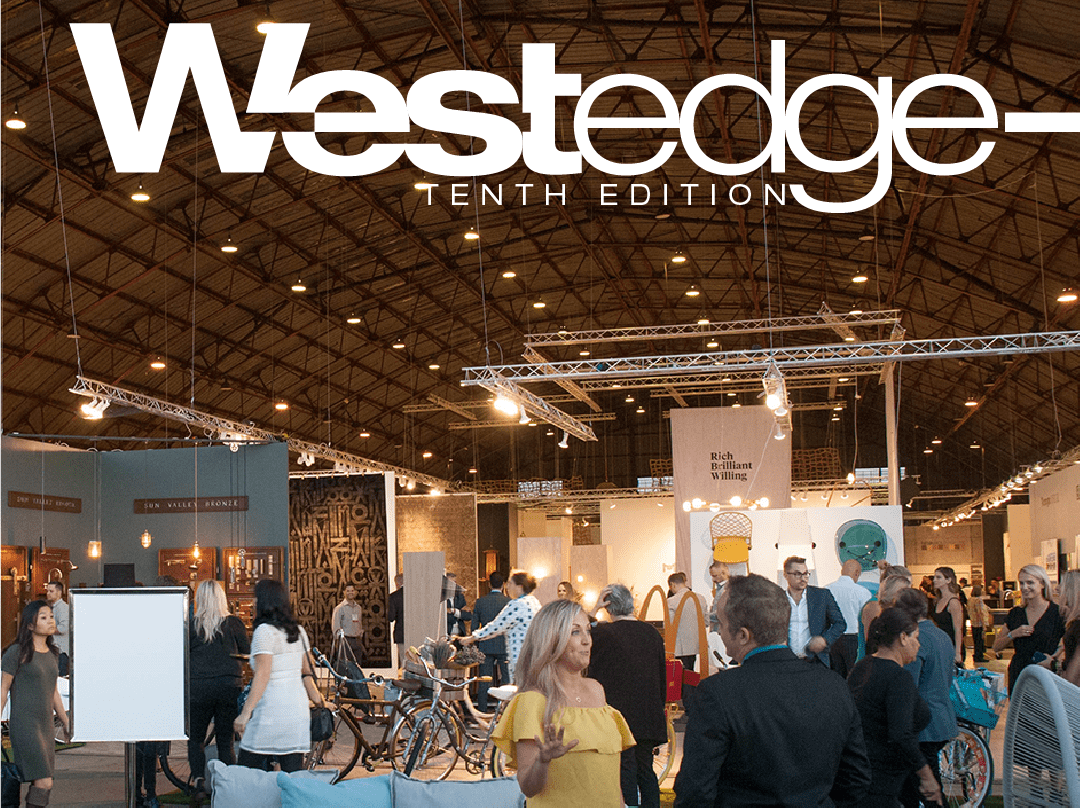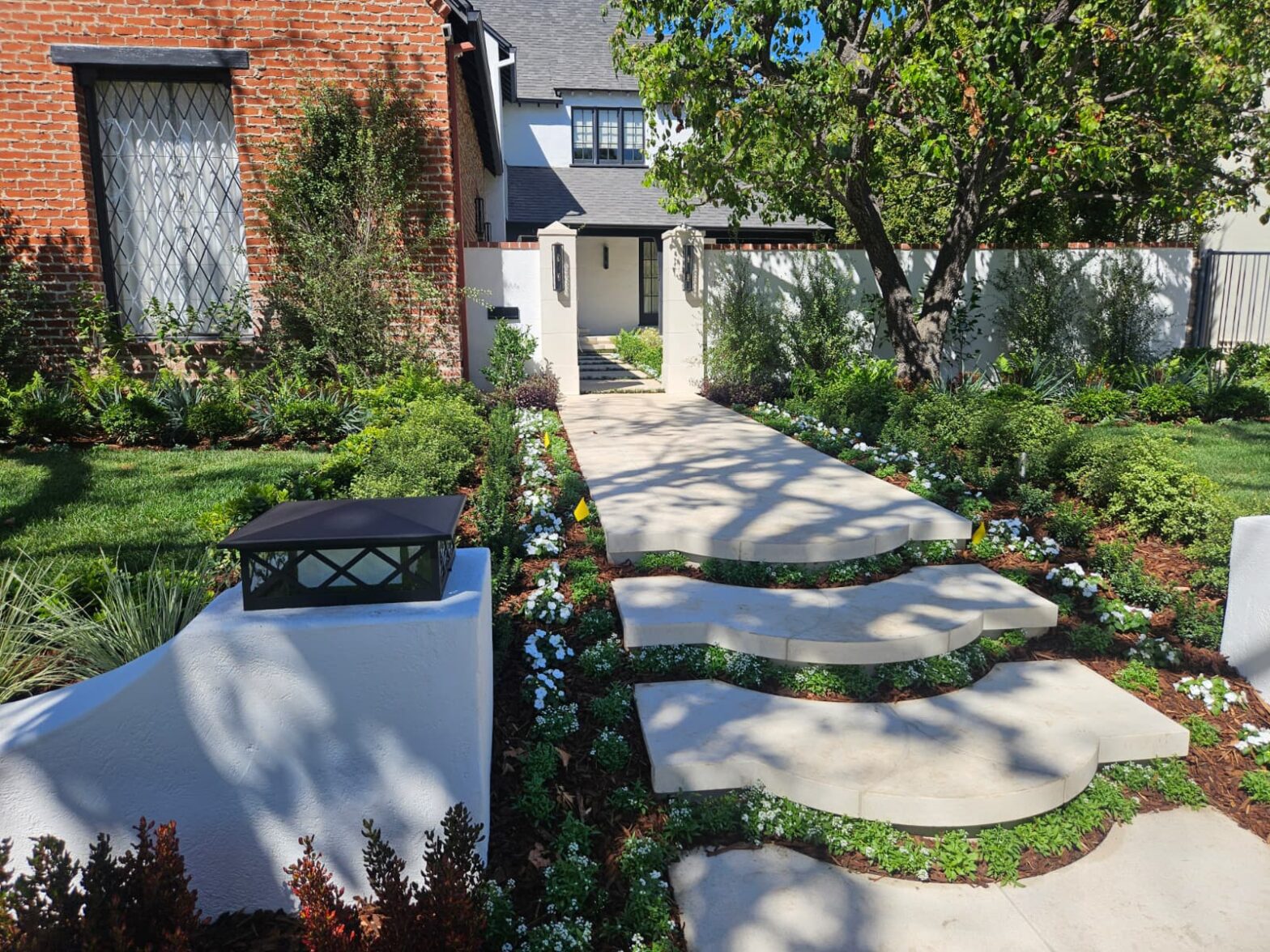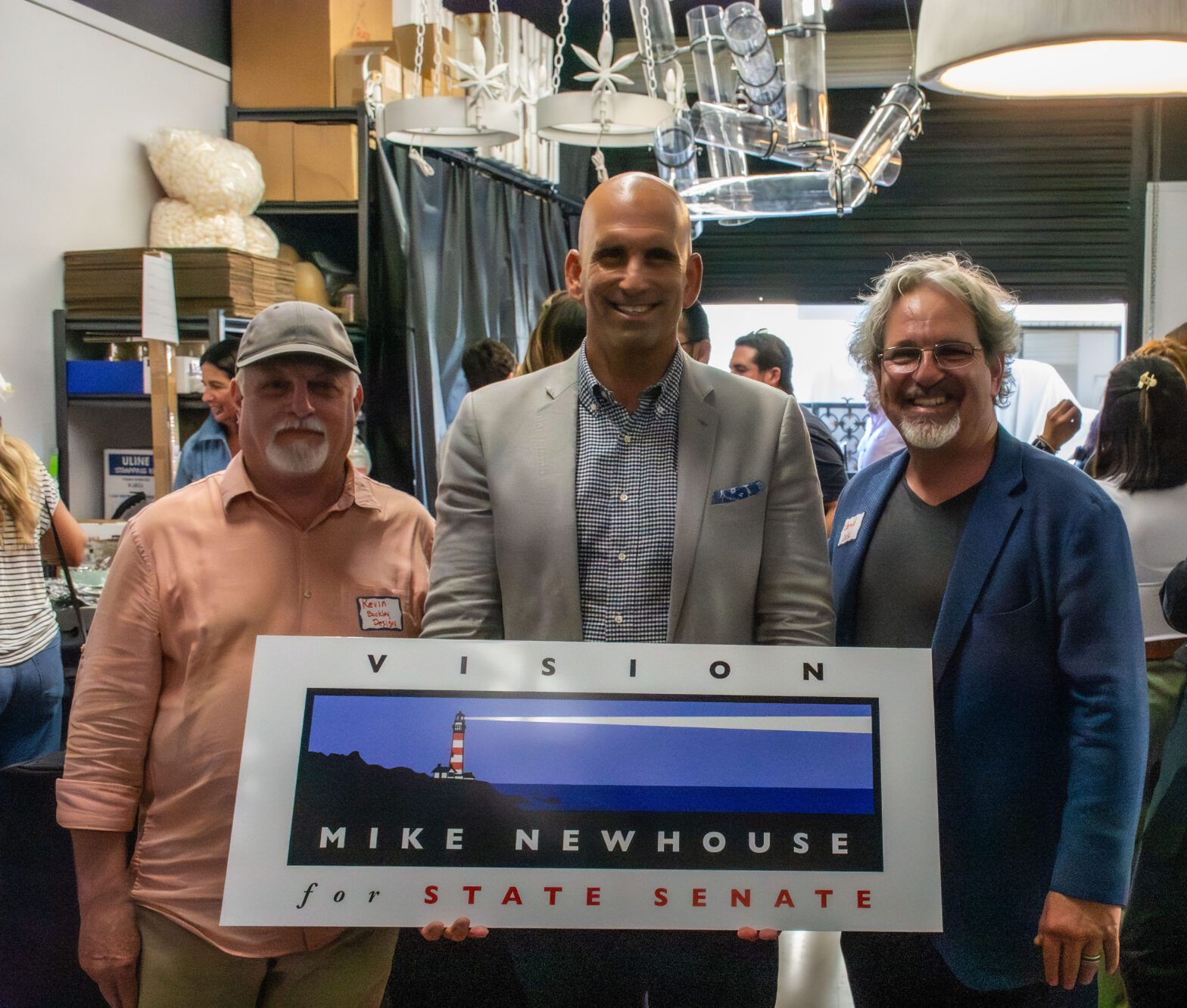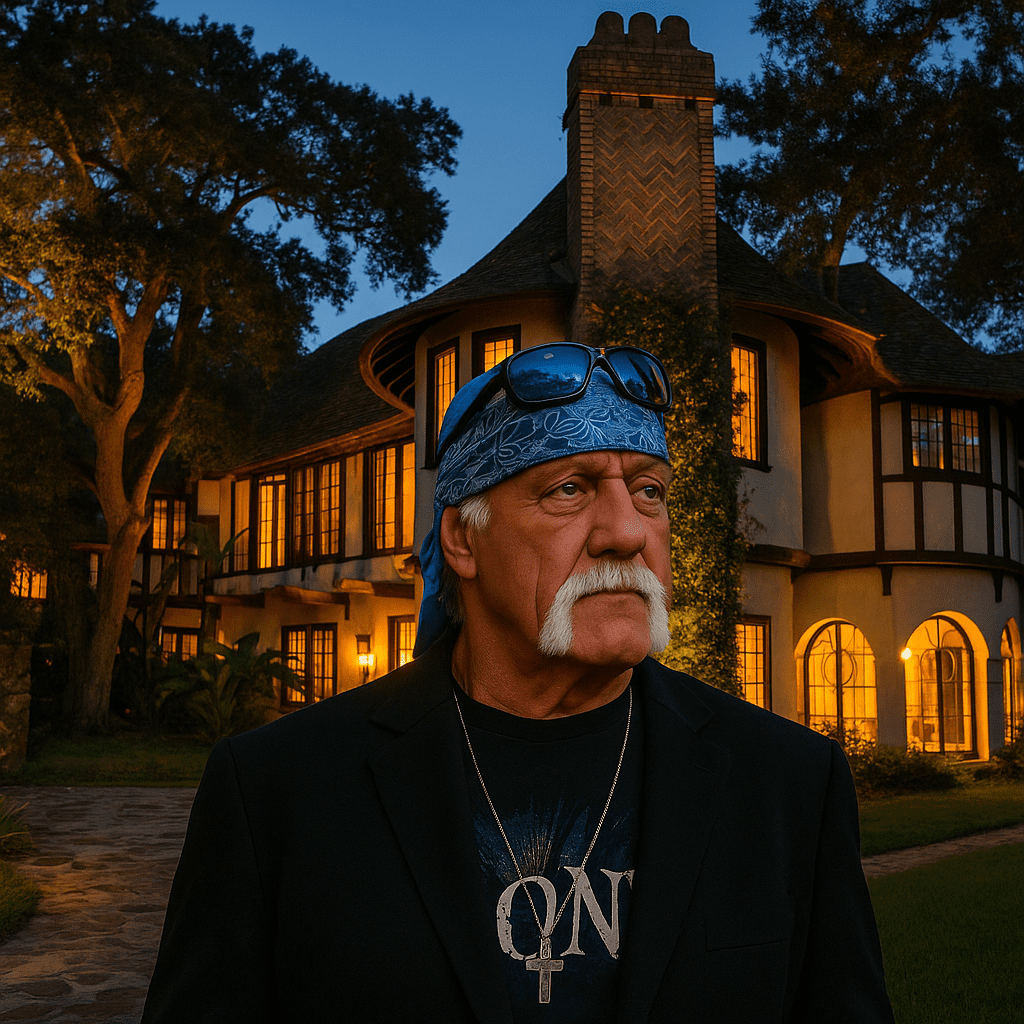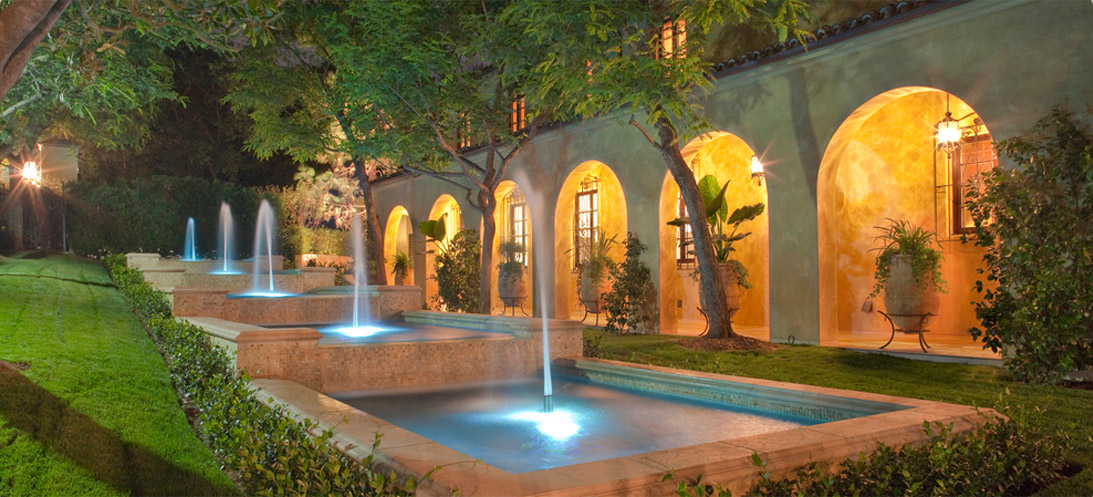
There’s no doubt that there’s a direct correlation between our environment and our mental health. Designing spaces for mental health, while not specifically called that, has been done for more than 5,000 years through the ancient art of feng shui.
Promoting calmness and harmonizing energy, feng shui relies on using certain types of materials and the art of placement. This practice has finally arrived in the new millennium out here in the west through architecture. Of course, the art of placement has always been part of our philosophy here at ADG, since the placement of lighting is as important as the lighting itself.
In recent years, two industries — neuroscience and architectural design — have paired up, and a fine couple they make indeed. Before we get into what a great couple they are, let’s state what has been going on lately.
According to the CDC, in 2018, there were more suicides in the United States (48,344) than homicides (18,830). In 2019, it declined by 2.1 percent, but the numbers aren’t in since the pandemic hit because of the deaths related to the coronavirus. That being said, the number of deaths by suicide is shedding light on the real issue, which is mental illness.
Neuroscience and architecture have legitimized feng shui to many who are ruled by statistics and studies. At this point, it does not matter, as long as people are made aware of how vital surroundings are for good mental health. The findings are akin to the practices used in feng shui:
- Elements such as water for a calming effect
- Nature must have a presence
- Use of natural light
- Presence of color as a mood booster
In the architecture of mental health facilities, there are large windows where you can see nature. In actually designing spaces for mental health, facilities are designed to make them look less industrial and more inviting. For example, a large courtyard right outside the window where you could walk out and sit and enjoy the sunshine was the choice of one mental health facility.
Whether the facility chooses the element of wood in the form of a beautiful display of wood chips or a small waterfall to display the element of water is irrelevant. The fact that it’s getting constructed is what’s important.
Designing spaces for mental health is not a fad. After all, it has been around for the past 5,000 years under another assumed name and finally got the street credit deserved.
ADG Lighting has worked on a number of projects designing for health and wellness. Learn about our work with the Touro Infirmary and Northwest Community Hospital.
Touro Infirmary
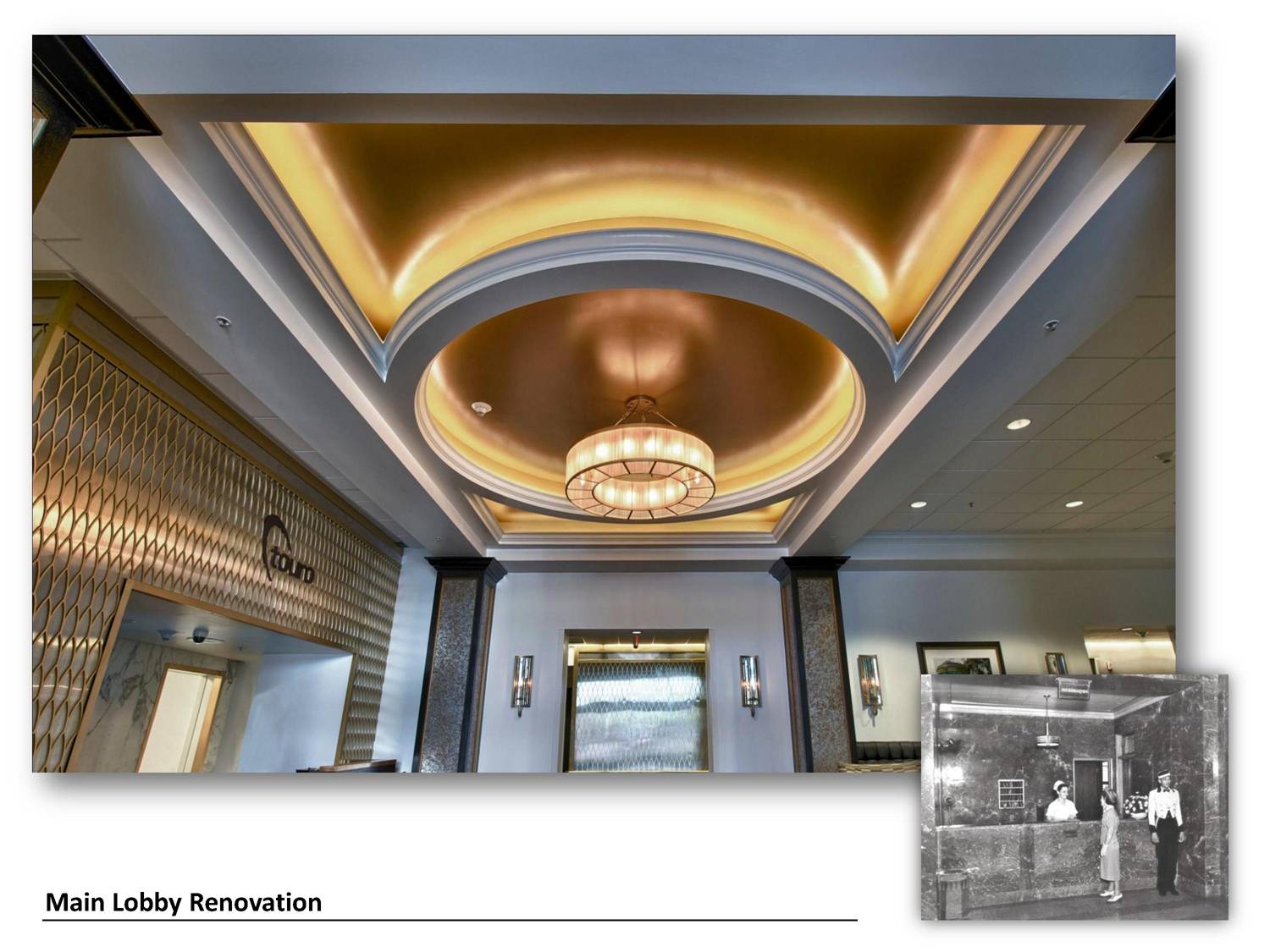

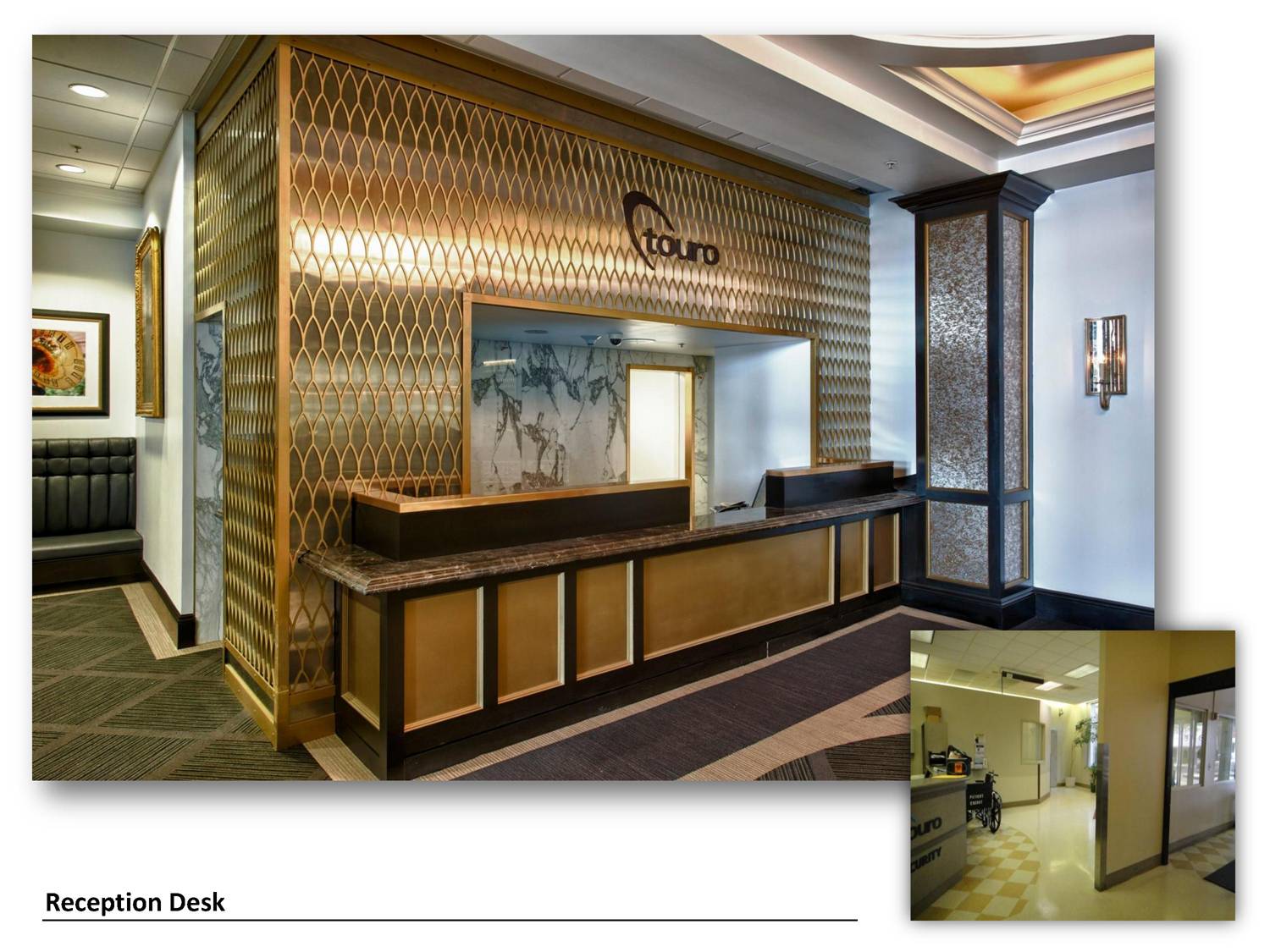
[button link=”http://7604798.hs-sites.com/test-page” type=”big” color=”orange” newwindow=”yes”] Join Our Community[/button]
From the Design Studio
Because when you get the ADG Advantage, your jobs are elevated beyond others. This is the secret of the most successful designers & architects. They use our ink & metal!
~ Gerald Olesker
by Gerald Olesker, CEO, ADG Lighting

